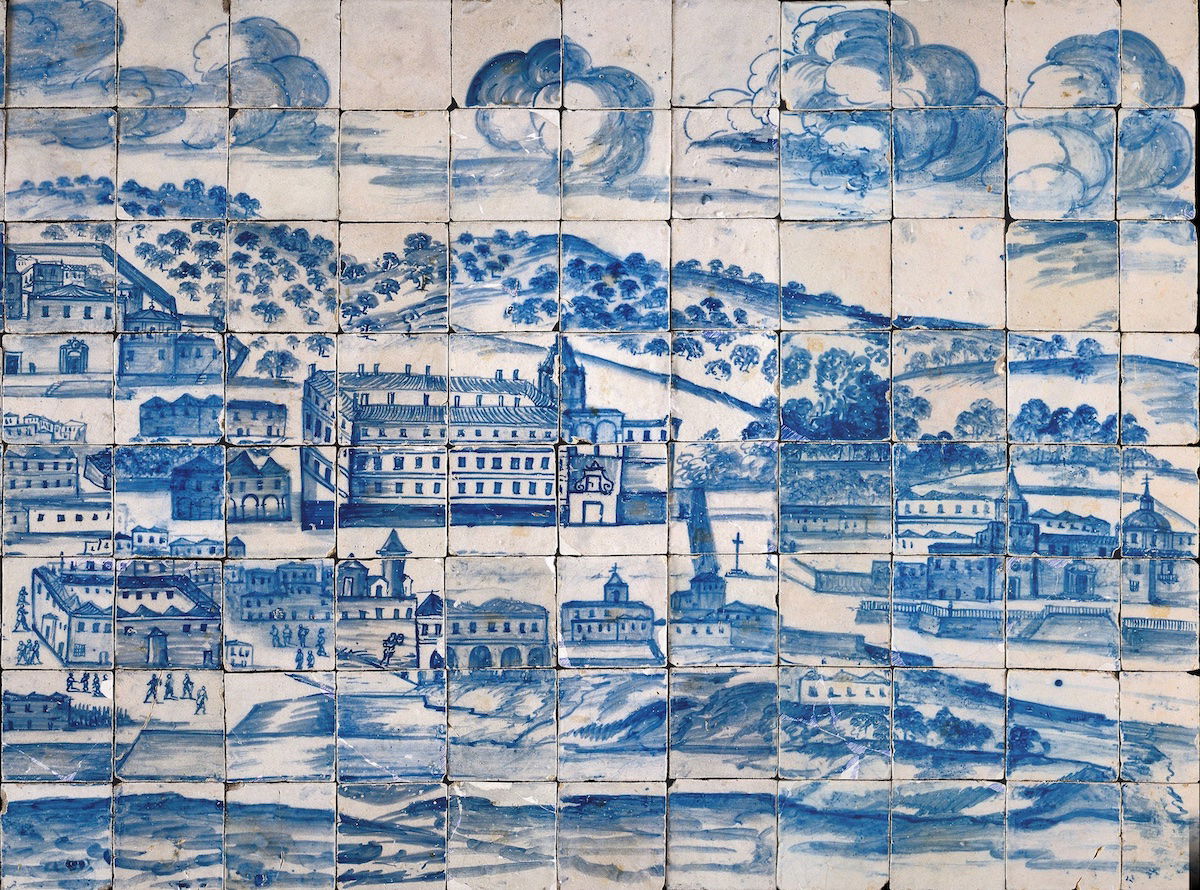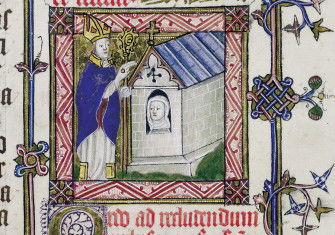Convents as a Refuge in Early Modern Lisbon
Lisbon’s convents were not just religious houses, but safe havens for the noblewomen of Portugal offering refuge from abusive husbands, unhappy marriages and a city swarming with ‘dogs and devils’.

On 21 November 1667 Afonso VI, king of Portugal, raged outside the convento da Esperança demanding axes break down the doors. He had driven from his palace with ‘thunderous speed’ after receiving a letter from his French wife, Maria Francisca de Sabóia. The queen had written:
I ask Your Majesty to do me the honour of allowing me [to return to France] and to order the return of my dowry as Your Majesty knows well that I am not married to him.
According to Maria Francisca de Sabóia, her marriage to Afonso had never been consummated, and was therefore canonically invalid. This being the case, she had taken refuge at Esperança and asked for a divorce. Only the diplomatic intercession of the king’s brother, the infante Dom Pedro, and his closest adviser, the conde de Castelo Melhor, calmed Afonso’s fury. They reminded him that the queen was now protected by the ‘immunities of the cloister’.







